The Historical Significance of Carnations
Carnations, with their rich hues and fragrant blossoms, have held a prominent place in human culture for centuries. Historically, these flowers have been associated with a range of ceremonial uses around the world. In ancient Greece, for instance, carnations were often linked to the goddess of love, Venus, symbolizing devotion and love’s eternal nature. As a result, they became popular choices in romantic bouquets and wedding arrangements, representing the everlasting bond between partners.
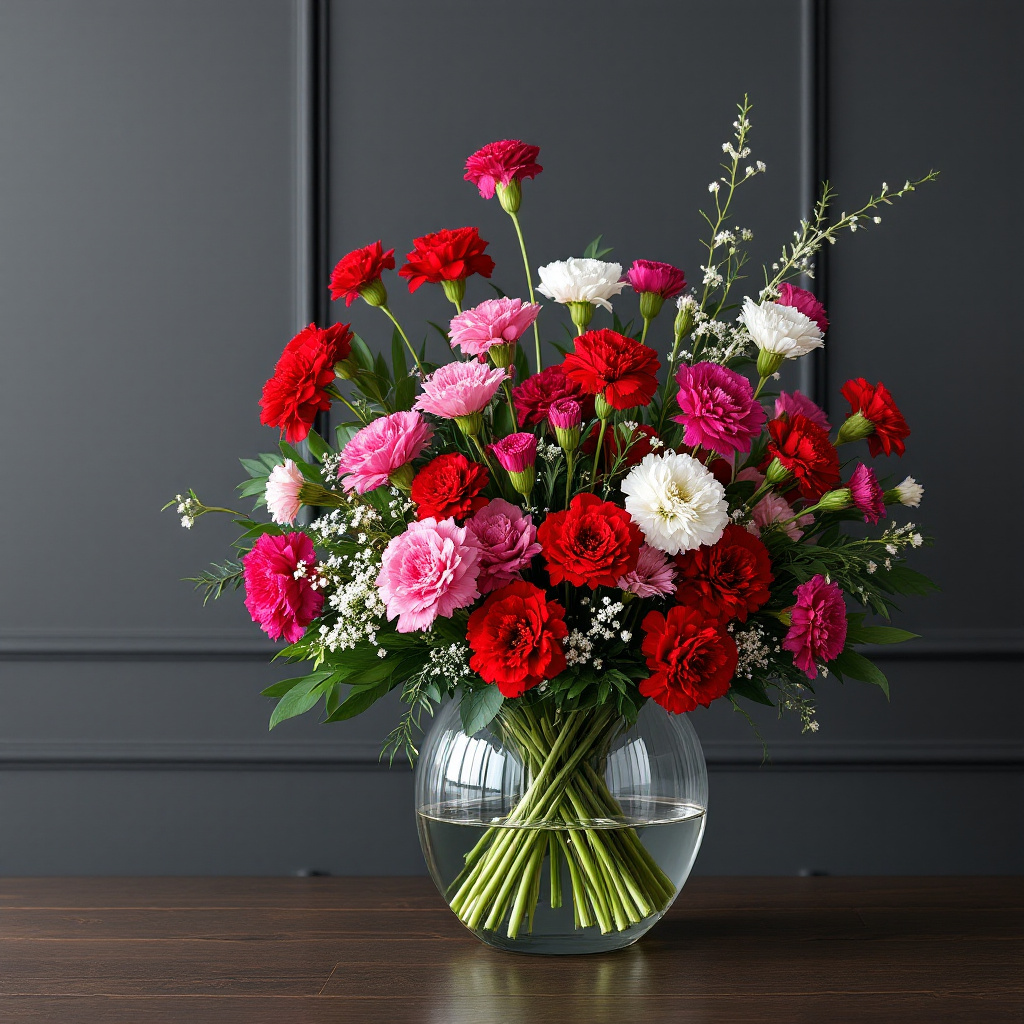
Throughout history, various cultures have integrated carnations into significant events. In the Victorian era, the flower gained prominence as a symbol of love and admiration, frequently included in bridal bouquets and worn as boutonnieres by grooms. Additionally, during the solemn occasions of funerals, the delicate petals of carnations have been used to honor the deceased, embodying reverence and remembrance. Their longevity as cut flowers makes them suitable for creating meaningful tributes.
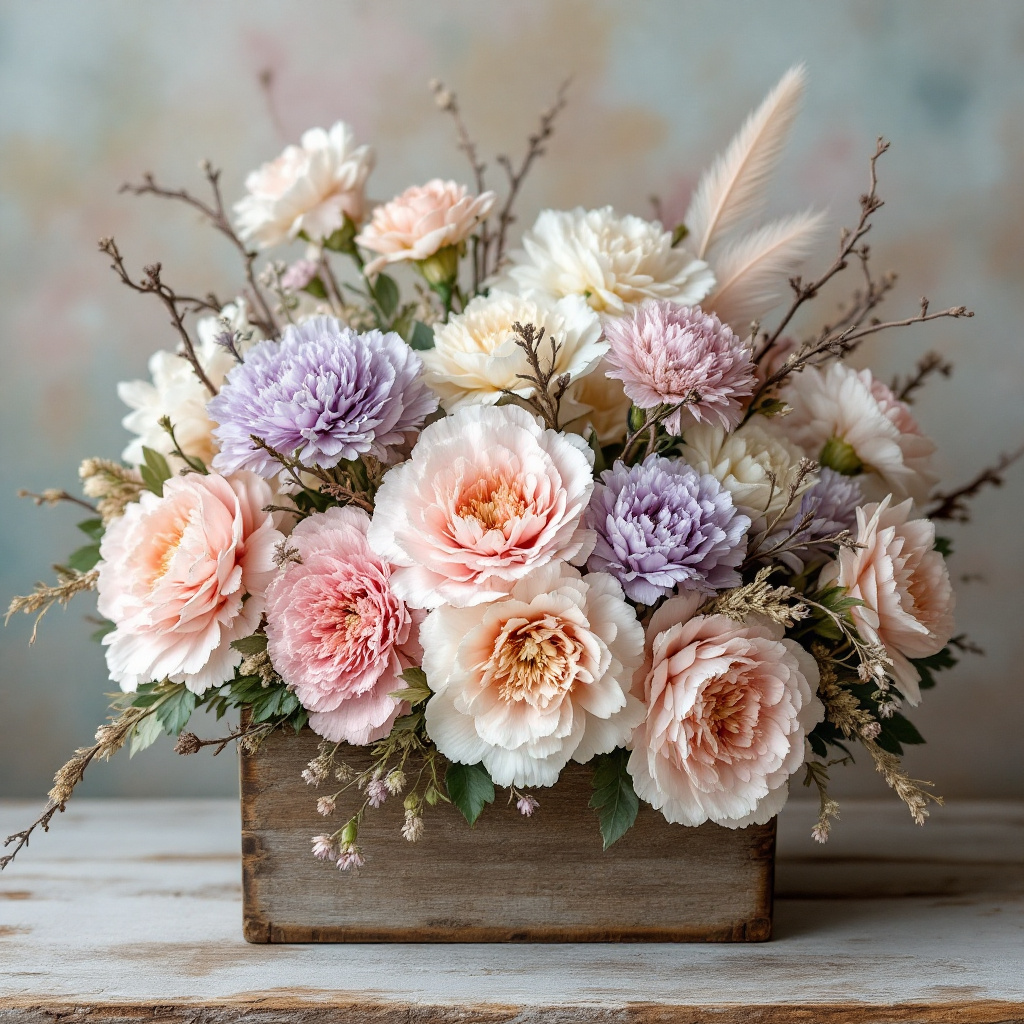
The symbolic nature of carnations expanded beyond personal ceremonies into national and political realms as well. In the 20th century, for example, the pink carnation was adopted as a symbol of Mother’s Day in the United States, representing a commemoration of maternal figures. Meanwhile, in Portugal, the Carnation Revolution of 1974, which led to the overthrow of a dictatorship, saw the red carnation emerge as a powerful emblem of peace and change. This historical event highlighted the carnation’s role as a significant flower in expressing social and political values, showcasing its adaptability in various contexts.
Over time, the meanings attributed to carnations have transformed, yet their beauty remains a constant fixture in flower arrangements. From weddings to commemorations, these versatile blooms continue to enrich ceremonies with their historical depth and symbolic richness.
Understanding the Symbolism of Carnations
Carnations, scientifically known as Dianthus caryophyllus, hold a rich tapestry of symbolism that varies significantly based on their color and variety. These flowers have been cherished for centuries and have become a favorite in floral arrangements, especially for significant life events. Each hue represents a distinct sentiment, making them a thoughtful choice for conveying emotions.
For instance, red carnations often symbolize deep love and admiration. They are frequently given on romantic occasions such as anniversaries or Valentine’s Day to express heartfelt feelings. Conversely, pink carnations are associated with a more positive sentiment; they convey a message of gratitude, making them ideal for expressing thanks to someone special. In fact, many view pink carnations as a symbol of a mother’s everlasting love, often used in Mother’s Day bouquets.
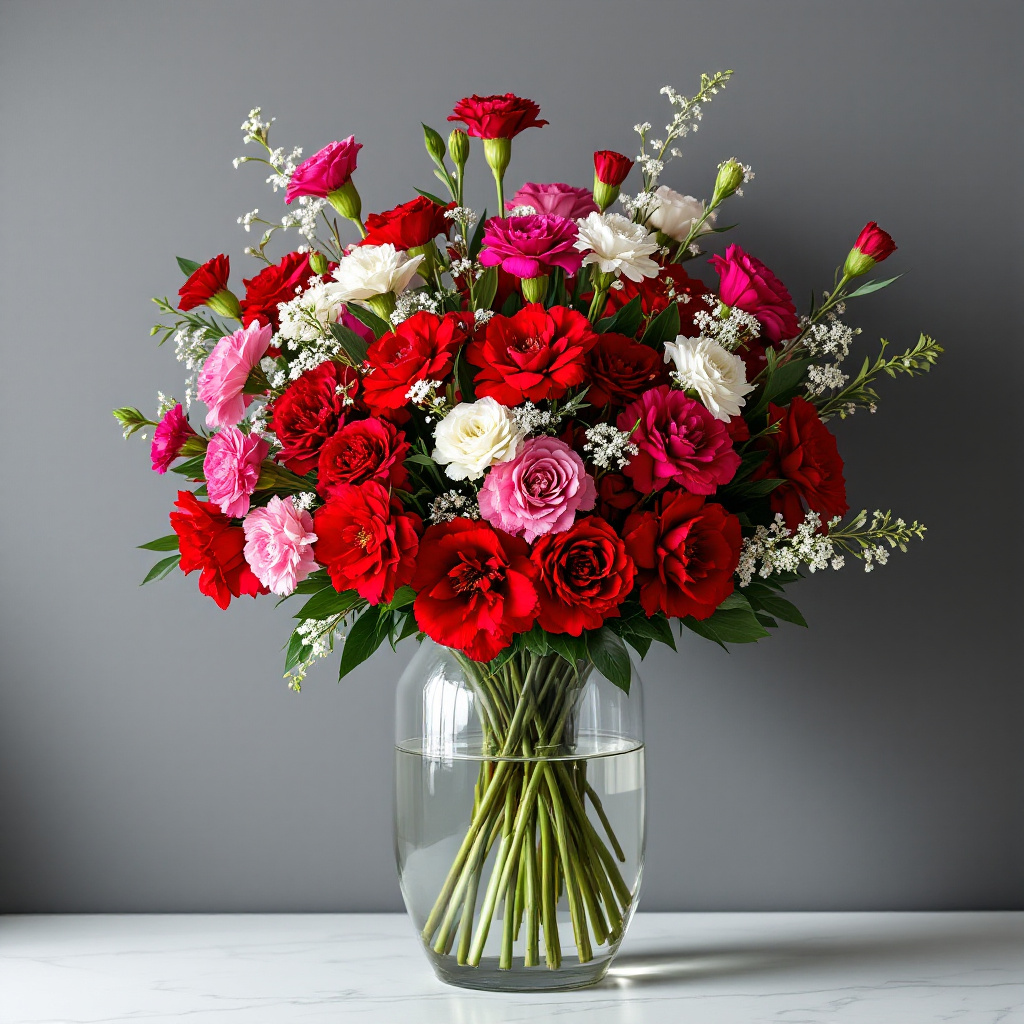
White carnations, on the other hand, are emblematic of purity and good luck. They are commonly seen at weddings as a representation of a pure love and new beginnings. Furthermore, their association with innocence adds to their appeal during celebratory events. Meanwhile, purple carnations signify capriciousness, reflecting a more playful spirit, and are often chosen for occasions that embrace joy and lightheartedness.
This extensive range of meanings enables individuals to tailor their floral gifts thoughtfully, ensuring that the chosen color aligns with the intended message. The versatility of carnations also makes them particularly suitable for various celebrations, from joyous weddings to somber memorials. Understanding the symbolism behind each color facilitates emotionally expressive flower arrangements. In conclusion, by selecting the appropriate colored carnation, one can effectively convey their sentiments, thereby enhancing the emotional depth of any occasion.
Creative Ideas for Arranging Carnations
Carnations are not only renowned for their vibrant colors and exquisite fragrance, but they are also remarkably versatile, making them an ideal choice for various floral arrangements. When arranging these charming flowers, one can explore a multitude of styles, from traditional bouquets to contemporary centerpieces. To begin with, the classic bouquet style allows for a stunning display of carnations in a range of colors. Grouping these blooms in clusters of similar hues or creating an ombre effect can elevate the visual appeal. Using a combination of short and tall stems will add dimension and interest to the arrangement.
For those seeking a modern touch, consider incorporating carnations into asymmetrical arrangements. This style embraces the beauty of balance, focusing on contrasting heights and textures. Pairing carnations with longer stems, such as calla lilies or delphiniums, can create a striking juxtaposition. To enhance the arrangement further, adding greenery like eucalyptus or ferns can provide a breath of freshness and create a lush backdrop for the vibrant blossoms.
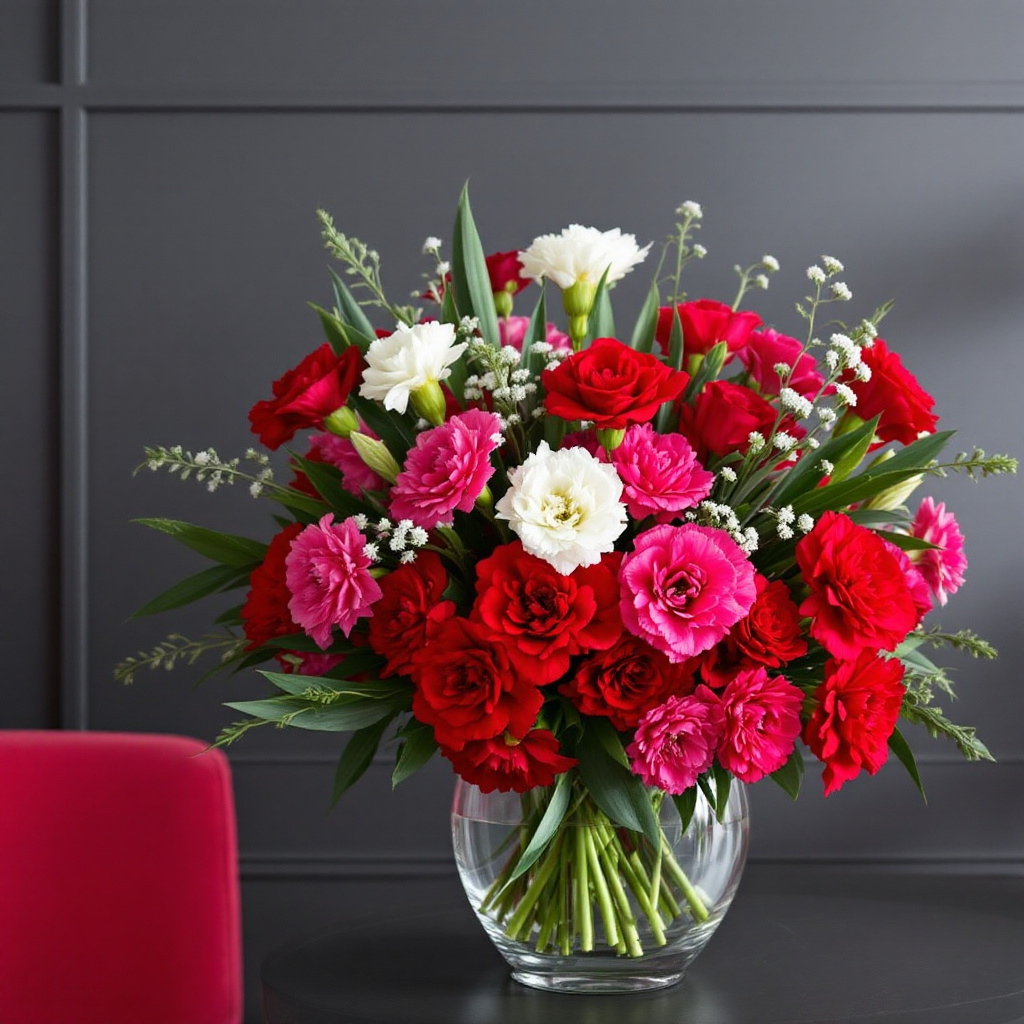
Moreover, think outside the box by integrating different floral components. Combining carnations with seasonal flowers like sunflowers or daisies not only adds layers to the arrangement but also emphasizes the colorful character of carnations. Additionally, using decorative elements such as twigs, stones, or metallic vases can introduce varying textures and improve the overall aesthetic. Color combinations can be particularly impactful; combining pastel-colored carnations with bright spring flowers creates a cheerful ambiance, while deeper shades can evoke a sense of elegance and depth.
Lastly, experimenting with different container styles can dramatically alter the presentation. From rustic mason jars to sleek glass vases, the choice of vessel plays a crucial role in highlighting the beauty of carnations. By blending traditional techniques with innovative ideas, one can create stunning floral displays that truly showcase the charm and versatility of these beloved flowers.
Caring for Carnations: Maximizing Lifespan and Beauty
Carnations, cherished for their vibrant colors and long-lasting qualities, can remain beautiful with proper care. To ensure that these flowers continue to thrive in arrangements, one must focus on a few critical aspects, including cutting techniques, water maintenance, and creating ideal environmental conditions.
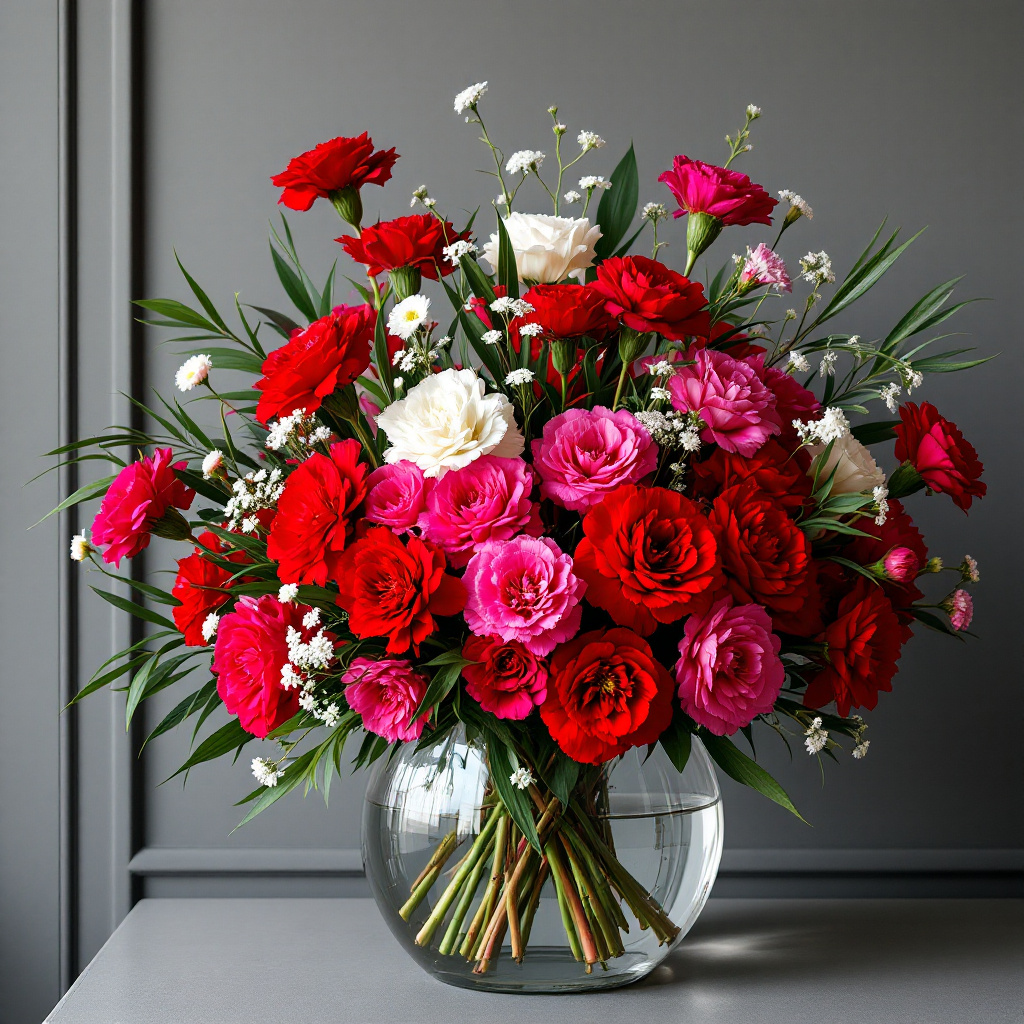
First, the cutting of carnations plays a significant role in their longevity. It is best to cut the stems at a 45-degree angle using sharp, clean scissors or snips. This angled cut increases the surface area for water absorption, allowing the flowers to hydrate properly. Additionally, removing any leaves that would be submerged in water helps prevent bacteria growth, which can contribute to wilting. It is advisable to recut the stems every few days to maintain optimal water uptake.
Water maintenance is equally crucial. Use lukewarm water mixed with a floral preservative, if available, to promote hydration and reduce bacterial growth. The water level should be sufficient to cover the stems by at least two inches. Regularly check the water level, topping it off as necessary and replacing it completely every few days. Keeping the water fresh is essential for prolonging the beauty of carnation arrangements.
Creating the right environmental conditions can also significantly impact the lifespan of carnations. These flowers thrive in cool, shaded areas away from direct sunlight and drafts. A consistent temperature between 60-70°F (15-21°C) is ideal. Moreover, avoid placing them near ripening fruits, as ethylene gas emitted from fruits can accelerate flower wilting.
Common issues such as drooping or browning petals can often be addressed by ensuring that the flowers receive adequate hydration and that no leaves are submerged in water. Following these care tips will enhance the beauty of your carnation arrangements, allowing them to remain vibrant for an extended time.
